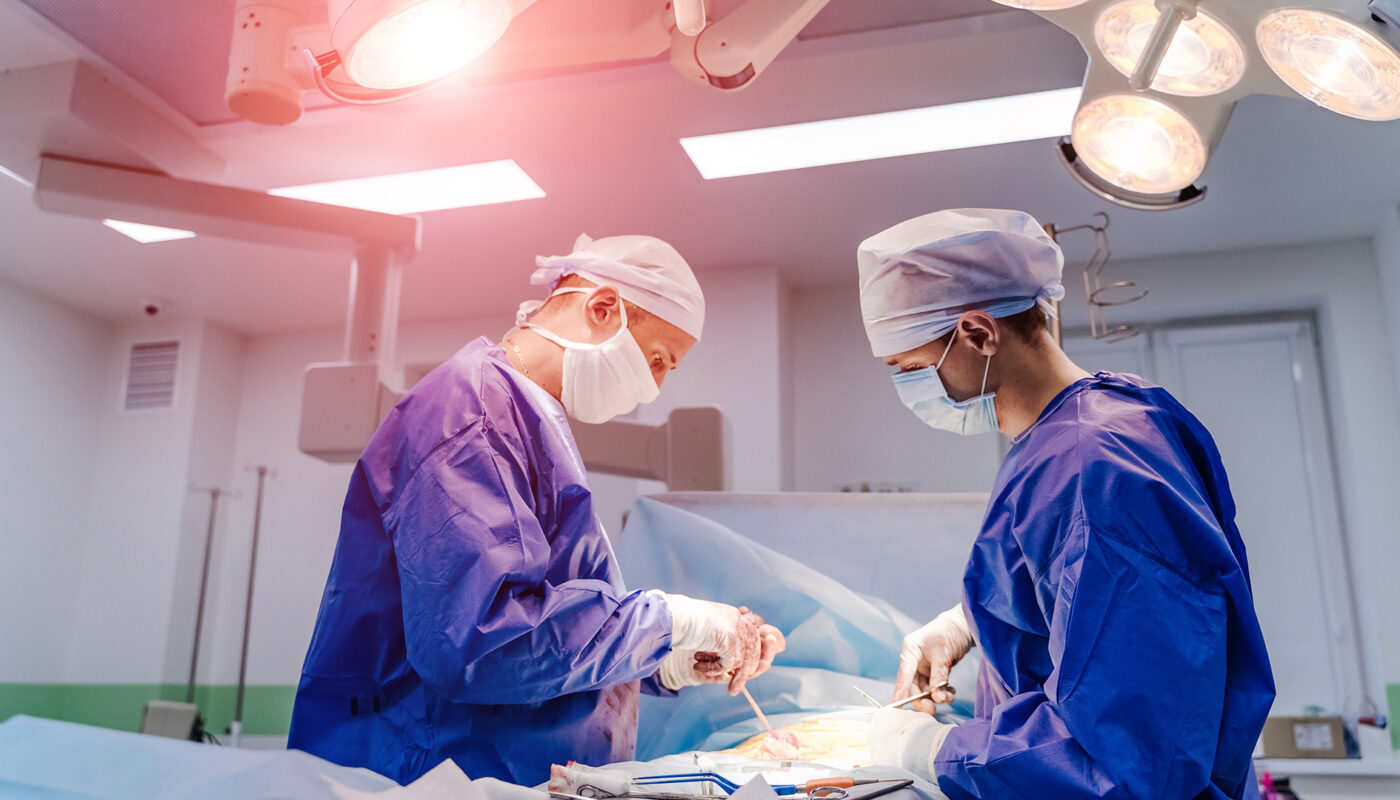History And Advancements In Biosurgery
The field of biosurgery is relatively new compared to other medical specialties, tracing its origins to the early 20th century. One of the earliest pioneers was the American surgeon Alexis Carrel, who won the Nobel Prize in Physiology or Medicine in 1912 for developing vessel anastomoses and transplantation techniques. In the mid-20th century, biosurgery began expanding with advances in microsurgery that allowed surgeons to work with higher precision under magnification. Microsurgical techniques enabled new possibilities like nerve repair, tissue transfers using microvascular anastomoses, and replantation of severed limbs and digits.
Throughout the latter half of the 20th century, Biosurgery made major strides. Developments in transplantation led to successful organ transplants like kidney, liver and heart. Tissue engineering research made progress with techniques to grow tissues and organs from stem cells for use in regenerative therapies. Advances in biomaterials allowed for development of medical devices, implants and grafts that are biocompatible and can be integrated within the body. Robotic surgery systems also gained ground, allowing for minimally invasive procedures with enhanced visualization and precision control.
The field has truly entered a new era in the 21st century with ongoing innovations across many fronts. Cellular therapies hold promise for conditions like Parkinson’s disease. Three-dimensional bioprinting could enable creation of customized grafts and implants. Nanotechnology applications range from cancer screening to localized drug delivery. Genetic engineering and gene therapies offer new treatment avenues. Biosurgery today encompasses a broad scope tackling both established and emerging areas at the intersection of surgery, engineering and biosciences.
Tissue Engineering And Regenerative Medicine
Within Biosurgery, the areas of tissue engineering and regenerative medicine have seen explosive growth. Tissue engineering aims to regenerate tissues and whole organ structures for repair, replacement or regeneration. A major goal is developing biodegradable scaffolds that can guide the growth of new tissues or organs. These scaffolds are typically made from biological materials like collagen and hyaluronic acid or synthetic polymers. They serve as a natural extracellular matrix for cells to attach, proliferate and form the target tissue or organ structure.
Stem cells play a critical role in many regenerative strategies. Adult stem cells exist in various tissues like bone marrow and can differentiate into multiple cell types. Embryonic stem cells which are pluripotent can differentiate into virtually any cell type. Mesenchymal stem cells derived from bone marrow are commonly utilized for regeneration due to their multi-lineage potential and modulatory functions. When seeded onto scaffolds along with chemical cues, stem cells can potentially regenerate almost any tissue like bone, cartilage, spinal discs, blood vessels, heart and liver tissues.
Another significant advance was the development of bioreactors – bioprocessing systems designed to precisely monitor and control the physiochemical environment for tissue growth. Using perfusion bioreactors, complex 3D living tissues mimicking native physiology can be cultured. Scientists have made progress in generating tissues of various complexity from simple skin to whole engineered livers, hearts and lung alveoli constructs. Bioprinting allows placement of cells, growth factors and support materials layer-by-layer to build living tissues and organs. Such techniques provide hope for addressing the global organ shortage crisis.
Applications Of Biosurgery In Clinical Practice
Biosurgery is applied clinically across a wide scope from reconstruction to oncology. Some notable areas include:
Reconstructive applications involve use of tissue-engineered grafts, prostheses and biomaterials for purposes like wound healing, chest/abdominal wall reconstruction post tumor removal, hernia repair and breast reconstruction. For difficult wounds, skin or muscle flap transfers enabled by microsurgery can salvage limbs and enhance function and aesthetics.
Orthopedic biosurgery enhances repair of fractures, osteochondral defects and degenerative conditions using grafts of bone, cartilage or supportive scaffolds with osteoinductive/osteoconductive properties. These may integrate seamlessly into the body or aid regeneration with incorporated stem cells.
Cardiovascular biosurgery has made progress with pericardial and venous patches, artificial heart valves, coronary grafts and stents. Tissue-engineered vascular grafts are an active research area. The burgeoning field of cardiac tissue engineering aims to develop functional patches for repair or replacement of damaged heart muscle.
In oncology, biosurgery plays essential roles ranging from tumor removal to targeted drug delivery. Novel therapeutics include oncolytic viruses, immune-stimulating scaffolds and nanomedicines selectively carried to tumors. These enable local drug concentrations able to destroy difficult-to-treat cancers while minimizing systemic toxicity.
Advancing The Field Through Collaboration And Research
For biosurgery to realize its full potential, continued multidisciplinary collaboration will remain central. Surgeons, engineers, material scientists and biologists must work together to push the boundaries of what is clinically achievable. Close partnerships between academia and industry foster translation of innovations from bench to bedside.
Government grants and private investments are propelling cutting-edge biosurgery research worldwide. Areas attracting interest include developing multi-functional biomaterials, advanced tissue models for preclinical testing, high-throughput screening platforms and artificial intelligence driven analysis of Big Data in healthcare. International conferences foster sharing of latest discoveries. Establishment of dedicated institutes and departments signal growing prioritization of the field.
With ongoing progress, biosurgery promises to revolutionize treatment across an expanding scope. While challenges remain in addressing complexity, cost and regulatory aspects, the integration of engineering and life sciences holds immense promise to enhance surgical therapies, rebuild lost tissues and organs, and ultimately improve quality of life for patients globally. The future remains bright for this interdisciplinary frontier at the interface of medicine and technology.
*Note:
1. Source: Coherent Market Insights, Public sources, Desk research
2. We have leveraged AI tools to mine information and compile it.




